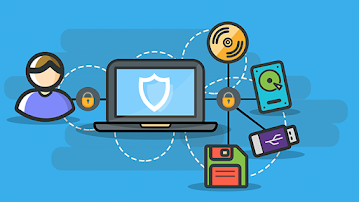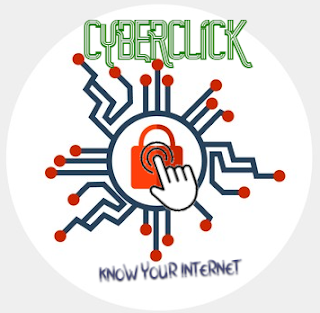What really happened in the SolarWinds cyber-attack?
The SolarWinds cyber-attack has been given many adjectives – historic, unprecedented, massive and sophisticated to name a few. What makes this attack unlike any other we’ve seen in recent times is the fact that it was a supply chain attack of indescribable sophistication.
Criminals managed to compromise the update process of SolarWinds’ Orion software. Being a supply-chain attack meant that by infiltrating the network of one service provider (in this case SolarWinds), hackers managed to compromise the systems of all its clients, impacting over 18,000 organizations, including some top tier cybersecurity companies, global giants like Microsoft, Cisco, many US government Agencies, EU institutions and more.
In line with its commitment to educate and empower the cybersecurity community with continuous knowledge and thought leadership, Cyber Management Alliance has launched a massive educational campaign on the SolarWinds cyber-attack.
As part of this educational campaign, we have created one of the most comprehensive SolarWinds cyber-attack timelines capturing the chronology of the SolarWinds breach. Complementing the timeline, is a series of webinars, where our CEO and Co-Founder, Amar Singh will discuss the attack methodology, how the attack was discovered, what the gaps were, with other industry experts.
The first of this series of webinars took place recently and can be viewed on our BrightTALK channel here. Entitled, “What Really Happened in the SolarWinds Cyber-Attack?” Amar Singh engaged in conversation with Senior Threat Hunter from IronNet, Joel Bork. Joel and his team were instrumental in detecting the early signs of the attack. In this exciting webinar, Joel discusses how his team actually figured out that something was not right and sheds light on the hackers’ advanced techniques.
Some of the evasion techniques that worked for them, as explained by Joel in the webinar, were the following:
- The Sunburst certificate was properly signed, and the domain was registered a year before - leaving no reason for anyone to doubt it.
- The cyber criminals disabled logging every time they injected the DLL and then re-enabled logging again. Unless someone was actively looking for an intrusion of this sophistication, there was no obvious evidence of the DLL being injected.
- The DLL made sure it had not been changed.
- It was also ensured that it was not executed at SolarWinds, in a Sandbox, by security tools. This is critical because if security analysts are looking at this DLL, they are going to do so in a Sandbox. So, the DLL was actually able to evade execution in a sandbox. That’s how sophisticated the attack was. It was able to avoid detection at every level.
- The DLL was also able to execute at random times, up to two weeks after restart.
- It had a full process list which allowed it to check for endpoint security tools and installed drivers and kill them, successfully evading all EDR capabilities.





Comments
Post a Comment